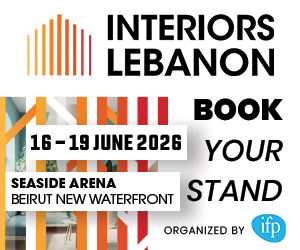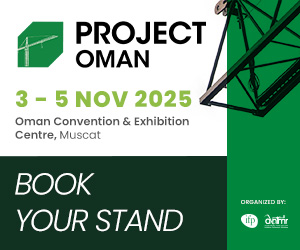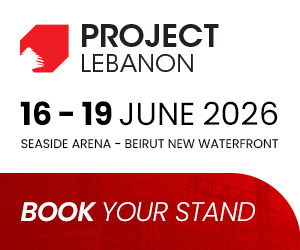The U.S. Green Building Council (USGBC) has officially launched LEED v5, the latest version of its globally recognized Leadership in Energy and Environmental Design (LEED) certification program. LEED remains the most widely adopted green building rating system in the world, offering a third-party verified framework to help building owners demonstrate and advance their sustainability efforts.
Key Focus Areas in LEED v5
Decarbonisation:
Decarbonisation plays a central role in LEED v5, accounting for 50% of the total certification points. The updated framework offers clear guidance on achieving ultra-low-carbon buildings by addressing emissions across the entire building lifecycle, including operations, embodied carbon, refrigerants, and transportation.
Projects will be required to develop operational carbon projections and long-term decarbonisation strategies using newly introduced tools and benchmarks.
Quality of Life & Climate Resilience:
LEED v5 emphasizes occupant well-being through credits that promote healthier, more sustainable indoor environments.
The system also mandates climate resilience assessments for all projects, enabling buildings to better withstand climate-related risks, protect asset value, and maintain business continuity. These strategies support both environmental restoration and community resilience.
Designed to promote long-term sustainability, LEED v5 offers best practices and tools for reducing emissions, safeguarding natural systems, and improving user experience.
Each certified project will receive an impact report to help communicate performance to stakeholders. Additionally, a new project priorities category introduces flexibility, allowing LEED to better adapt to regional needs and diverse market demands.
(Source: mepmiddleeast.com)













































































